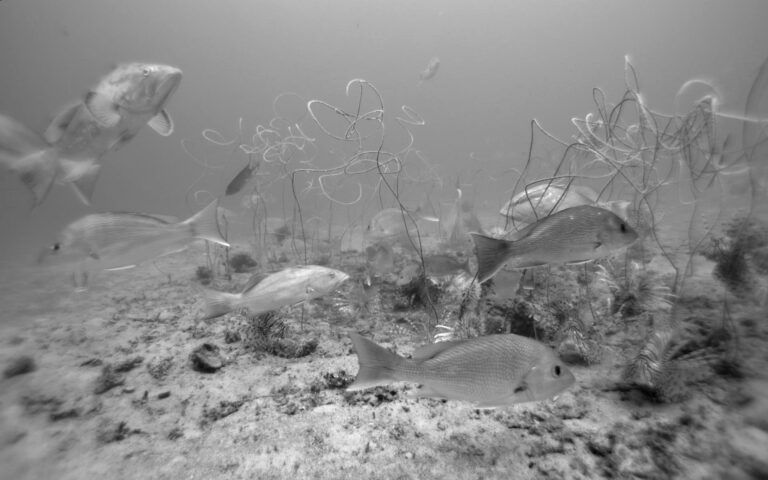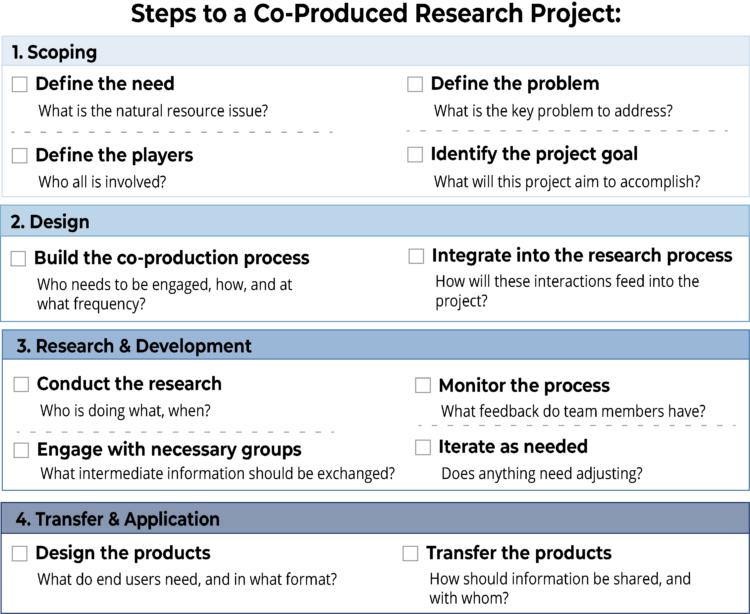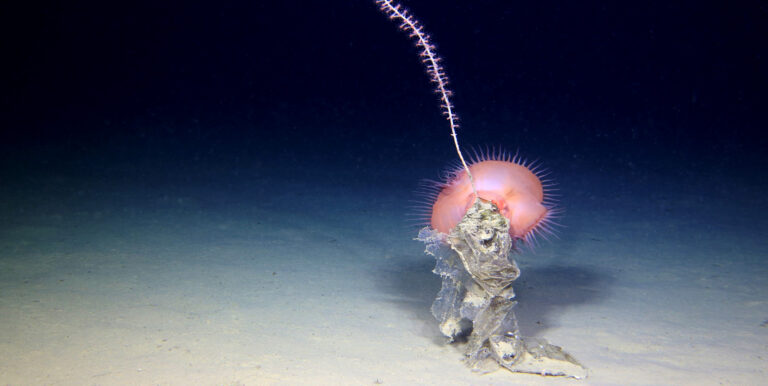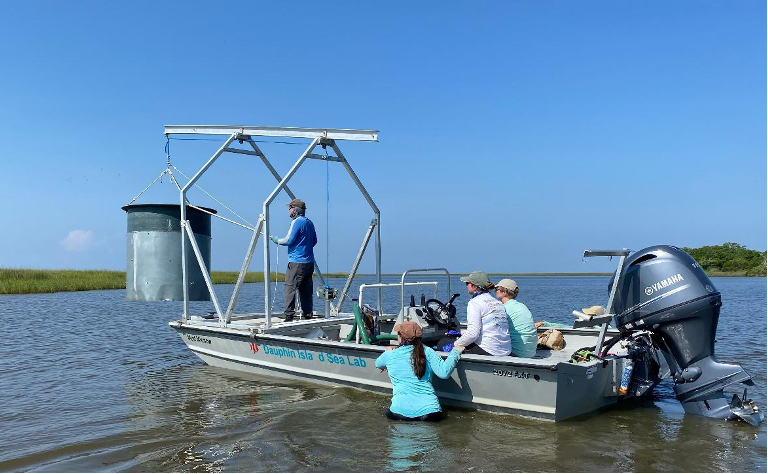
‘Information Rich’: Evolving Gulf-Wide Project Surveys Reef Fish and Their Habitats
The Gulf Fishery Independent Survey of Habitat and Ecosystem Resources (G-FISHER) project is collecting video surveys to create the Gulf’s most comprehensive database of reef fish and their habitats.
Watch video
 Official websites use.gov
A .gov website belongs to an official government organization in the United States.
Official websites use.gov
A .gov website belongs to an official government organization in the United States.
 Secure .gov websites use HTTPS
A lock or https:// means you’ve safely connected to the .gov website. Share sensitive information only on official, secure websites.
Secure .gov websites use HTTPS
A lock or https:// means you’ve safely connected to the .gov website. Share sensitive information only on official, secure websites.






